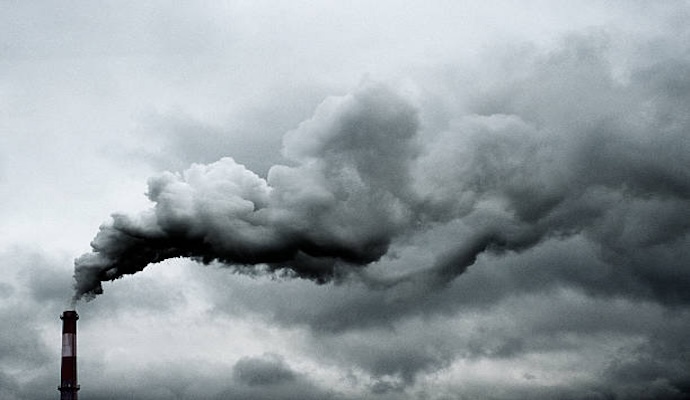EPA finalizes chemical plant clean air standards
The EPA has issued a final ruling to regulate toxic air pollution from chemical plants, supporting the Cancer Moonshot Initiative.

Source: Getty Images
- On April 9, 2024, the United States Environmental Protection Agency (EPA) finalized a ruling to regulate toxic air pollution from chemical plants. The finalized ruling focuses on two primary cancer-causing chemicals: ethylene oxide and chloroprene.
Ethylene oxide (EtO) is a flammable colorless gas characterized by a sweet odor that acts as a precursor to multiple chemical compounds. EtO is used as a pesticide and sterilizing agent; however, human exposure via inhalation or ingestion can be linked to cancer-causing DNA damage. According to the National Cancer Institute (NCI), EtO exposure is most commonly linked to lymphoma and leukemia.
The EPA's new regulations facilitate the reduction of EtO by approximately 54 tons annually, minimizing the risk of exposure and, in turn, mitigating cancer risks. Facilities using EtO will have two years after the rule is instated to make the appropriate changes.
The National Institutes of Health (NIH) Report on Carcinogens lists chloroprene as a “reasonably anticipated” human carcinogen. The chemical is used in the production of neoprene, which is used to make automotive and mechanical rubber goods, adhesives, caulks, construction materials, flame-resistant cushioning, fabric coatings, fiber binding, and footwear. Animal studies have revealed lung tumors in mice after chloroprene exposure. Additionally, epidemiological data has linked chloroprene to liver, lung, digestive, and lymphohematopoietic cancers.
The finalized EPA rule cuts chloroprene emissions by 14 tons, requiring facilities to meet standards within 90 days of the rule’s effective date.
Aside from EtO and chloroprene, the ruling also places limitations on other toxic air pollutants, including 1,3-butadiene, ethylene dichloride, and vinyl chloride.
Overall, the ruling is expected to reduce smog-forming volatile organic compounds by 23,700 tons annually. By doing so, it will reduce the public’s exposure to cancer-causing chemicals and, theoretically, reduce cancer risks nationwide.
“By issuing strong clean air standards and requiring companies to monitor pollution at the fenceline, the Biden–Harris Administration is protecting communities from toxic chemicals that can cause cancer and ensuring people know what is in their air. This critical step advances President Biden’s commitment to environmental justice for overburdened communities and will help keep children safe from toxic chemical exposure,” said White House Council on Environmental Quality Chair Brenda Mallory, in the EPA press release.
